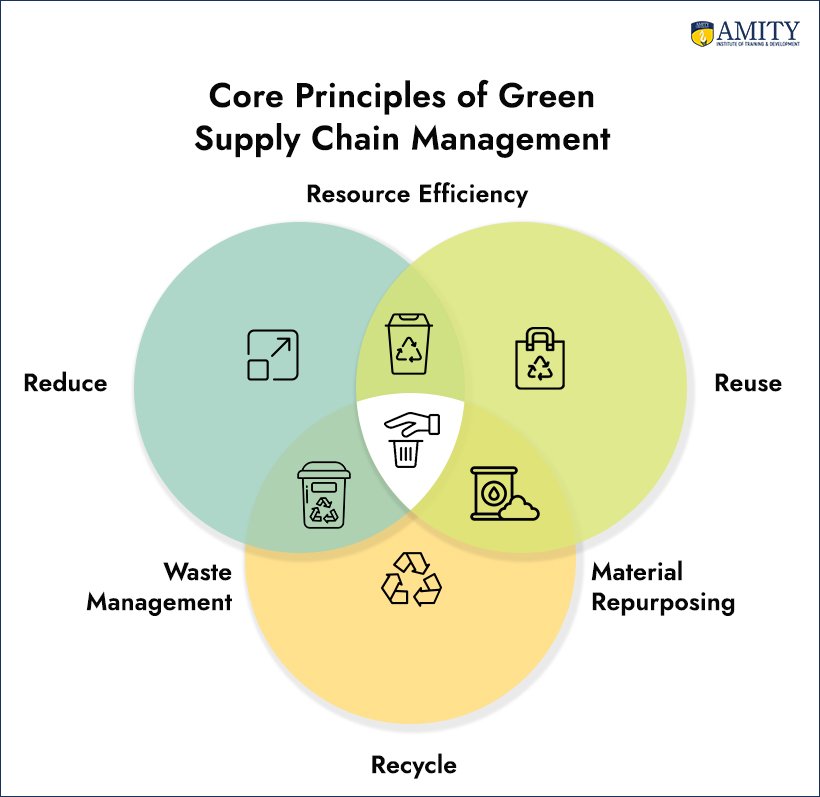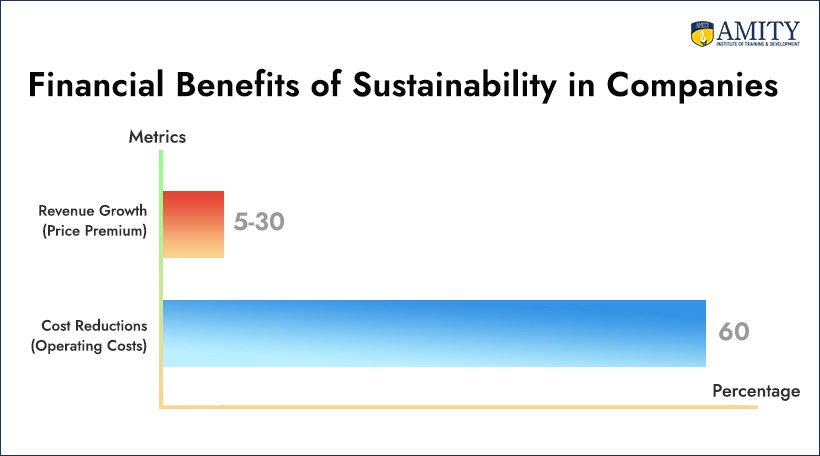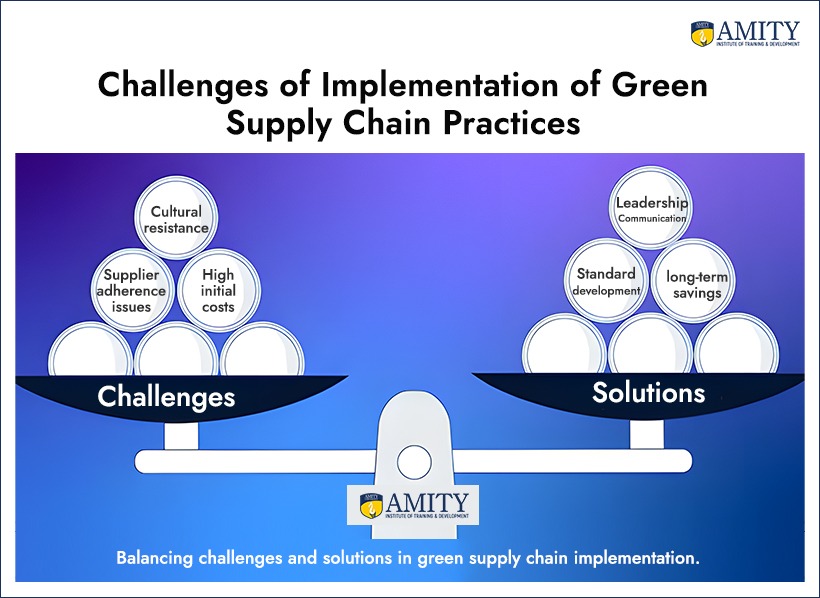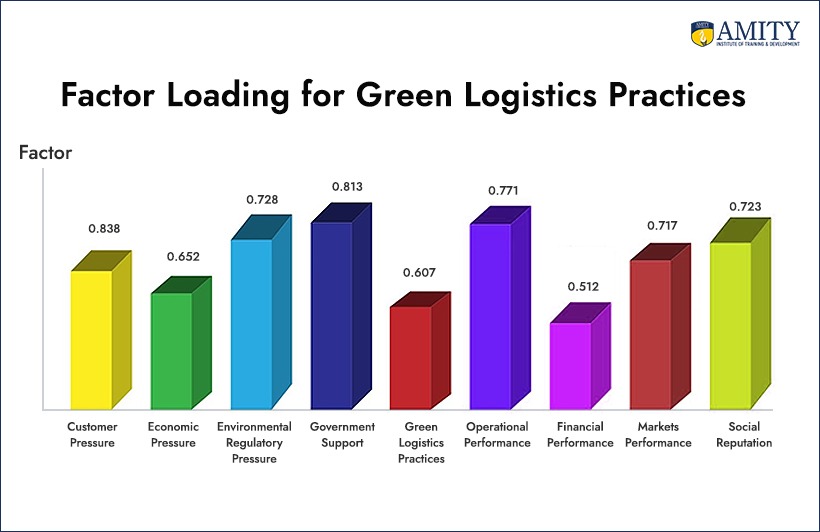Tech-Driven Solutions

Businesses in the modern world require sustainable supply chain management. This will enable them to minimize damage to the environment while still being efficient. Green supply chain management assists in making logistics and operations environmentally friendly, which ensures sustainability at all times. A good example is Patagonia, where it demonstrates its use of recycled materials and sustainable packaging.
The importance of sustainable supply chain management is clear. Supply chains can be up to 11.4 times more polluting than direct emissions. Hence, such green initiatives are important to reduce carbon footprints. Patagonia is a fantastic example of one such company that uses recycled materials and stands for a circular economy.
This blog will look into Green Supply Chain Management, practices, and why sustainable logistics is the way to environmental goals.
What is Green Supply Chain Management?
Green Supply Chain Management (GSCM) includes sustainable environmental processes in conventional supply chain operations. It ranges from getting raw materials up to distributing products. The whole aim is to decrease waste, emissions, and resource utilization in the supply chain.
Key principles of green supply chain management are:

- Reduce: Reduce waste and resource consumption.
- Reuse: Find a way of using material again instead of discarding them.
- Recycling: Start recycling programs so as to manage waste effectively.
- Recovery: Getting valuable materials from waste
- Degradable: Products must be degradable; hence, they are easy to dispose of or break down.

(Source: McKinsey & Co)
DO YOU KNOW? Reducing material waste can lead to an increase in business profits up to 60% according to the report by McKinsey & Co.

The Importance of Sustainable Supply Chain Management in Today’s Business Landscape
A very heavy role is played by sustainable supply chain management. It meets all legal requirements for those companies which consider sustainability. At the same time, they attract the attention of those customers who care about the earth. They also save a handsome amount of money, as it helps them become more efficient and wasteful to some extent.
Key Benefits of Sustainable Supply Chain Management
1. Cost Savings
Sustainability in logistics and supply chain management saves a lot of money. Wise usage of resources reduces costs. For instance, logistics can reduce transport cost and waste that effectively contribute to the bottom line.
2. Compliance with Laws
Compliance with environmental laws is significant to avoid fines and maintain a good image. Companies with the policy on sustainable supply chain are likely to be following such laws.
3. Improved Brand Image
They appear to invoke more loyalty and trust among their consumers in the hands of environmentally responsive brands. The consumers are increasingly realizing the implications of their choices that affect the planet. They choose those brands that source responsibly as well as use the resources sustainably .
“The fast pace of technology and artificial intelligence has opened new paths toward sustainability; thus, these competencies are key to the future leader: this track is a response to the great challenge of today, regarding the environmental issues and societal transformations, preparing students for innovative and business leadership about sustainable development”. Marco Tavanti, Professor MIM at the University of San Francisco

(Source: dhl)
DO YOU KNOW? In DHL’s 2023 Global Online Shopper Survey, more than 70% of respondents said sustainability is important to them while shopping online, and nearly half would be willing to wait longer for goods if it would benefit the environment.
Green Supply Chain Management Practices: Key Strategies for Sustainable Logistics

Effective green supply chain management practices are the keys for companies that want to be green and stay competitive. These practices include strategies for sustainability throughout the supply chain. Here are the main parts:
- Sustainable Sourcing: This implies selecting suppliers who care for the environment. Companies look for suppliers who use eco-friendly practices.
- Energy Efficiency Operations: The adoption of new technologies that consume much less energy is a must. This would eventually reduce the companies’ carbon footprint.
- Minimization of Waste: Recycling and packaging waste reduction are of paramount importance. These will take care of the principles of the circular economy.
- Transportation Optimization: The use of fuel-efficient vehicles and better delivery routes save on emissions. It also saves money and reduces logistics costs.
These practices help companies in complying with the environment-related regulations and enhance their market share.
DO YOU KNOW? The global green logistics market is expected to be $1.3 trillion in 2022, and it will rise to $2.9 trillion by 2032 with a CAGR of 8.3% from 2023 to 2032.
Sustainable Logistics vs Supply Chain Management: A Comprehensive Overview
Logistics and supply chain management are often mixed up, but they’re not the same:
| Aspect | Logistics | Supply Chain Management |
| Focus | Movement and storage of goods | Overall network from supplier to customer. |
| Scope | Transportation, warehousing | Includes procurement, production, and distribution. |
| Objective | Efficiency in delivery | Value creation through collaboration. |
Sustainable Supply Chain Meaning: Integrating Green Logistics Practices
A sustainable supply chain is defined as a supply chain that utilizes green practices in all the steps towards getting the raw materials, making the products, and distributing and disposing of them. It is intended to cause minimal harm to the environment and provide value to the stakeholders.
Did You Know? AITD’s course reported that companies that had implemented the training of green supply chain practices found a rise of as much as 30% in employee engagement toward sustainability initiatives.
Leading Examples of Sustainable Supply Chain Companies and Their Green Practices

Many companies are doing great logistics and supply chain management jobs with sustainability:
- Patagonia: Known for utilizing recycled materials and supporting a circular economy.
- Nike: Is very stringent with the policies it holds for the vendors to ensure that the manufacturing process is green and responsible.
- Unilever: Is working hard to source material sustainably as well as reduce their carbon footprint.
It explains how a focus on the planet makes them better competitors.

(Source: USFCA)
DO YOU KNOW? Companies that care about the planet can increase their sales and develop new markets. They can continue to charge more on green products up to 30 percent higher than usual. They can save a lot of money by having energy and managing resources better.
How Do Companies Measure Their Sustainability Efforts in Sustainable Supply Chain Management?
True understanding needs a corporate plan to see how well a company is doing in terms of green efforts. Companies need to set KPIs. These KPIs view vital areas to see whether their green efforts are working. Here are some key things to watch:
- Carbon Emissions: Track greenhouse gas emissions in the supply chain and know how they are impacting the environment for meeting the green goals.
- Energy Used: Watching how much energy is used in making, moving and storing the products is the way to do it. Energy conservation will save money and the earth feels better.
- Waste Produced: Counting how much waste is made at every stage can help find ways in which to reduce and recycle waste. This fits with green supply chain practices.
- Supplier Sustainability Ratings: It gives the process of following up on the green practices by suppliers, in a positive influence that ensures they will contribute towards the achievement of the company’s green goals. This is part of a sustainable supply chain policy.
These KPIs give a comprehensive picture of the green efforts exerted by a company. They find areas to get better through such KPIs; and so, making the sustainable supply chain meaning real.
Challenges of Implementation of Green Supply Chain Practices

Although green supply chain practices are attractive, companies have encountered several challenges:
1. Cost Aspect
Initial Investment: The first major challenge is the cost aspect of becoming green. One has to admit that the introduction of technologies or processes involved in going green is expensive. But if seen as investment for the future is how companies can solve it. Maybe it would help them cut substantial costs and be efficient in the long term
Financial Gains: While onboarding expenses are prohibitively high, green practices decrease the consumption of resources and waste. This could result in a business making better profits. Companies adopting green logistics and supply chain management would save money by using energy better and wasting less.
2. Consistency of Suppliers
Ensuring Adherence: Adhering to sustainability standards by the suppliers is another major problem. It is a sure shot checking and regular monitoring of practices undertaken by them. This ensures that they meet a sustainable supply chain policy.
Development of Standards: Success in the development of standards would also increase through the avoidance of compliance issues. Companies should make choices based on the green commitment in suppliers. It is one of the keys to any sustainable business model.
3. Resistance through Culture
Internal Resistance: Cultural resistance blocks the green practices in a firm. Employees will resist new processes from fear or misunderstanding, and this will limit sustainable supply chain management.
Leadership and Communication: Leaders can use proper communication and eliminate resistance. Educating and involving the workers with change will enable them to create a culture that embraces new ideas.

Kaczmarek and Matusiak, in a research paper titled “Green logistics practices: The antecedents and effects for supply chain management in the modern era,” studied how green logistics affects issues. They have found that green practice improves environmental performance and efficiency. They also insist that a sustainable supply chain strategy is essential for sustainable results in the long term.
Key Takeaways
- Sustainable supply chain management allows for the mitigation of adverse effects on the environment and at the same time provides for maximum efficiency in operations.
- Green supply chain management practices constitute integrating eco-friendly principles along the supply chain to ensure sustainability objectives are realized.
- In Green logistics, protection for the environment is enhanced through green logistics on carbon footprint reduction. Examples of these include optimized routes as well as use of renewable forms of energy.
- Companies such as Patagonia and Nike are examples of companies that have so far been extremely effective in implementing successful sustainable practices in their business operations.
- A sustainable supply chain policy strongly leads organizations to meet environmental-related targets.
- Courses provided by AITD to equip professionals for the work that will lead them toward sustainability in an organization.
How Can AITD Help Companies Attain Sustainable Supply Chain Success?
The business scenarios of the present time are under rapid change. An extremely important aspect of this fast-changing scenario is the management of supply chains in a sustainable way. The courses offered by Amity Institute of Training & Development (AITD) enable professionals to embrace green supply chain management.

DO YOU KNOW? AITD programs are contributing comprehensively to reducing the carbon footprint of companies through green supply chain practices.
Contributions by AITD to Promote Sustainable Supply Chain Management Practices

A variety of key green topics in supply chain management is taught through AITD courses including the following ones.
1. Implementing Green Supply Chain Management Practices
You will learn GSCM to go green in your supply chain. Training on the definition of green supply chain management and its importance today is conducted.
2. Understanding Regulations Concerning Sustainability
Learn the regulations regarding sustainable practices. This will save you from getting charged as well as keep your operations spick and span.
3. Operations Efficiency through Innovative Logistics Solutions
With AITD, discover how logistics can make your supply chain shine. You will be taught new ways to reduce waste and increase efficiency.
This will be useful for proper environmental performance and meeting the legal requirements.
The Future Supply Chain: Sustainability with AITD
Get ready to go green for your business by checking out AITD programs. Become part of the shift towards a more sustainable future. With AITD, your company will lead in sustainable supply chain companies.







